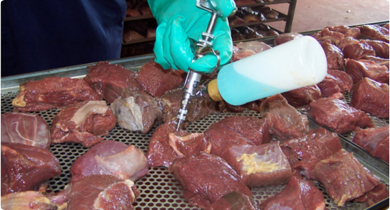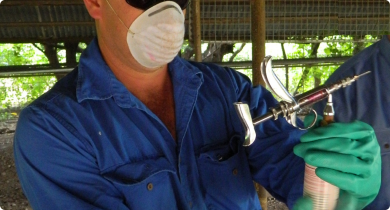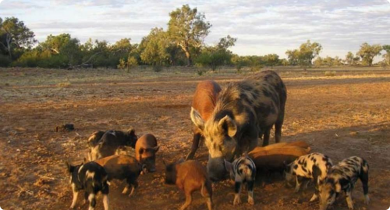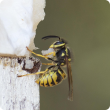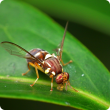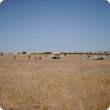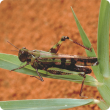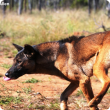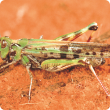Invasive species
Many exotic animals and plants become invasive species if they manage to establish populations in new areas. The ways in which these pests are introduced vary widely, but they are often the result of accidental or deliberate human activities.
Whatever their means of arrival, invasive species can have an adverse and often very damaging impact on agriculture, the natural environment and our lifestyle.
The Department of Agriculture and Food, Western Australia's (DAFWA) Invasive Species Program provides leadership for strategic and operational management of serious weeds and pest animals that pose a threat to agriculture, related environmental resources, and market accessibility for agricultural produce in Western Australia (WA).
DAFWA's Plant Biosecurity Program provides leadership for strategic and operational management of serious diseases and pests of plants that pose a threat to agriculture and market accessibility for agricultural produce in WA.
Filter by search
Filter by topic
- Pests, weeds & diseases (36) Apply Pests, weeds & diseases filter
- Pests (21) Apply Pests filter
- Weeds (14) Apply Weeds filter
- Pest animals (12) Apply Pest animals filter
- Declared plants (11) Apply Declared plants filter
- Pest insects (9) Apply Pest insects filter
- Control methods (9) Apply Control methods filter
- Livestock & animals (7) Apply Livestock & animals filter
- Livestock management (6) Apply Livestock management filter
- Baits & poisons (5) Apply Baits & poisons filter
- Chemicals (5) Apply Chemicals filter
- Pest mammals (4) Apply Pest mammals filter
- Plant biosecurity (4) Apply Plant biosecurity filter
- Birds (4) Apply Birds filter
- Quarantine (3) Apply Quarantine filter
- Mechanical, physical and cultural (3) Apply Mechanical, physical and cultural filter
- Sheep (3) Apply Sheep filter
- State Barrier Fence (3) Apply State Barrier Fence filter
- Diseases (3) Apply Diseases filter
- Livestock species (3) Apply Livestock species filter
- 1080 (3) Apply 1080 filter
- Beef cattle (3) Apply Beef cattle filter
- Livestock biosecurity (3) Apply Livestock biosecurity filter
- Strychnine (2) Apply Strychnine filter
- Intrastate movement (2) Apply Intrastate movement filter
- Management & reproduction (2) Apply Management & reproduction filter
- Importing to Western Australia (2) Apply Importing to Western Australia filter
- Fungi (2) Apply Fungi filter
- Importing plant and plant products (1) Apply Importing plant and plant products filter
- Weeds of National Significance (1) Apply Weeds of National Significance filter
- Importing miscellaneous (1) Apply Importing miscellaneous filter
- Emergency response (1) Apply Emergency response filter
- Amphibians and reptiles (1) Apply Amphibians and reptiles filter
- European house borer (1) Apply European house borer filter

